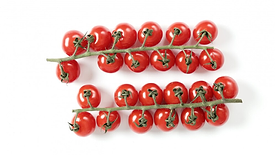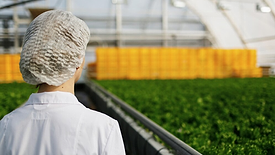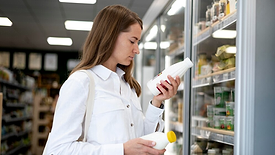Process Control
Hydroxyl Radicals for a Radical Advantage in Food Processing Hygiene: A Survey of Biocides Used by the Food Industry—Part 1
The use of hydroxyl radical air cleaners is a unique and valuable addition to the food industry's methods of minimizing pathogens in air and on surfaces
December 19, 2024
Understanding Hot and Cold Smoked Fish Processing and Safety
Consumer-driven modifications in smoked fish processing present a specialized set of food safety hazards and unique challenges to control them
December 19, 2024
BIZTRACKS
Penn State Extension Offers Self-Paced, Online Food Packaging Course
December 11, 2024
Never miss the latest news and trends driving the food safety industry
eNewsletter | Website | eMagazine
JOIN TODAY!Copyright ©2025. All Rights Reserved BNP Media.
Design, CMS, Hosting & Web Development :: ePublishing












